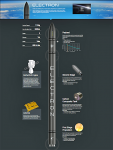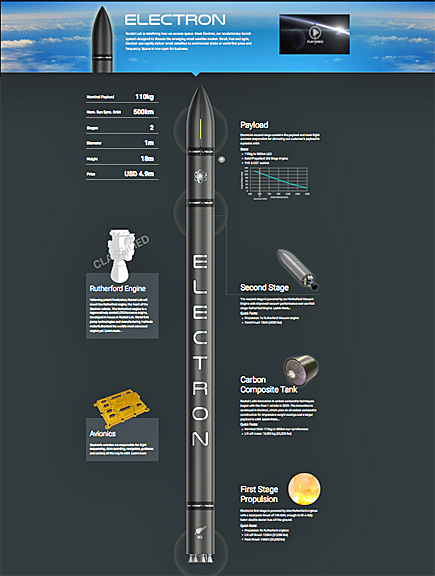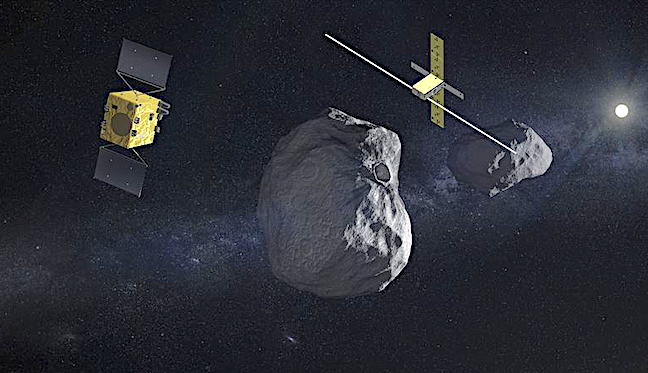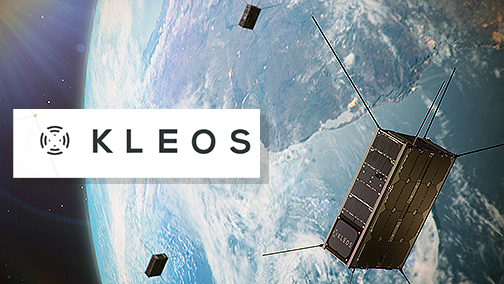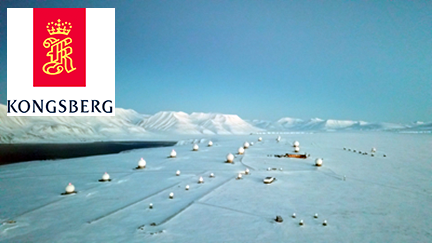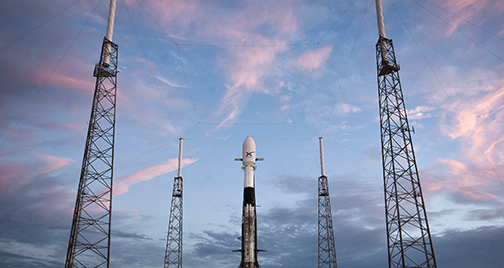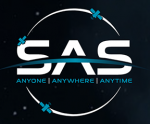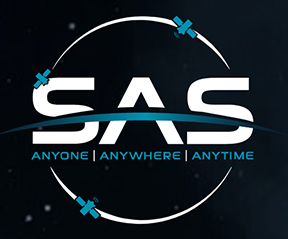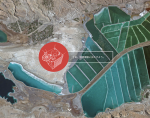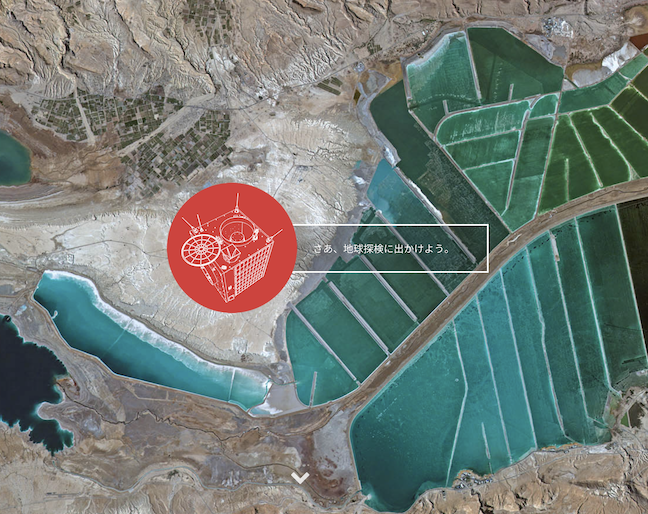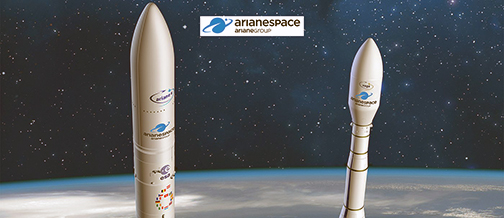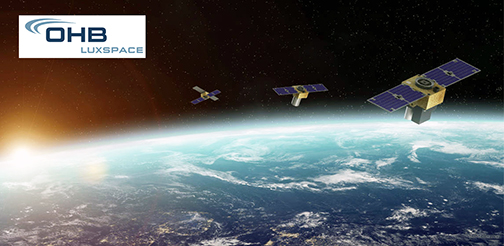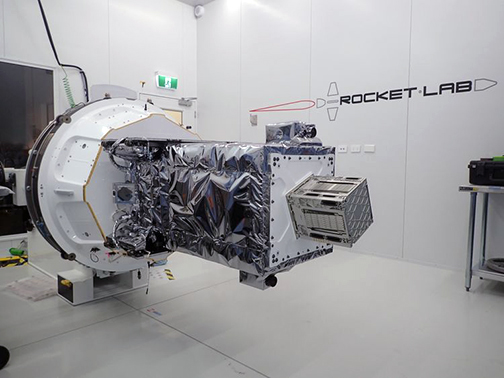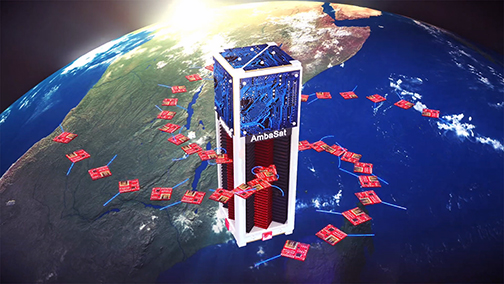
A new Do-It-Yourself (DIY) kit launched via Kickstarter by AmbaSat now allows the building of one’s own satellite for launch into space.
The AmbaSat-1 is a tiny space satellite kit that you assemble and code yourself and is now available — watch the demonstration video via this direct link to learn more about the project that provides an easy way to build your own spacecraft and have it launched into LEO.

AmbaSat-1 is part of a new generation of satellites known as Sprite satellites. They are tiny spacecraft measuring 35 mm square and just a few millimeters thick. Pioneered by the original KickSat, the company’s goal is to launch groups of AmbaSat-1 satellites onboard a commercial rocket. By shrinking the size of the spacecraft, as many as 200 satellites can be launched at a time, thereby reducing costs.
Once the satellite kit is assembled and programmed, it will be launched onboard a commercial rocket for LEO deployment, where it will then spend up to three months in space. This is a kit, it’s fun, it’s educational and the company is requesting your assistance to make this happen.
AmbaSats are just a little bigger than the size of a couple of postage stamps but have solar cells, a LoRaWAN radio transceiver, microcontroller (an Arduino compatible ATMEGA 328P-AU), memory, a gyroscope, accelerometer, magnetometer as well as a range of other sensor options. Making use of The Things Network (TTN), AmbaSats are capable of transmitting data to more than 5,000 Earth-based TTN receivers (Gateways) which are spread around the whole globe. No specialist radio receiving equipment is required — the satellite’s data appears over the internet directly to the owner’s AmbaSat Dashboard.”






